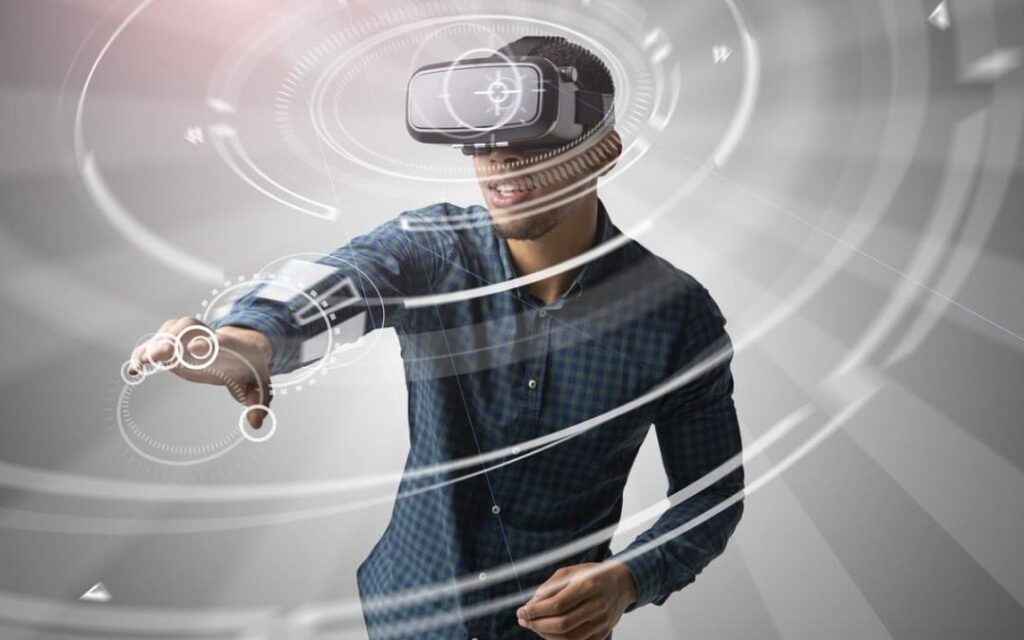Everything you need to know about VR content

Virtual Reality (VR) content provides an immersive digital 3D environment to the users. The VR content creation software and compatible hardware create virtual reality content and are used by consumers, marketers, and manufacturers in entertainment, gaming, healthcare, e-commerce, automotive, and other industries. From training people to testing products in real-time, virtual reality content provides multiple advantages.
The two main components requisite for virtual reality stimulation include a source of content that is VR content creation software and a user device that is hardware. It is essential that VR tools like headsets, all-directions treadmills, special gloves, goggles, etc., provide realistic, natural, high-quality images and high interaction possibilities to the users.
Certain measurements that contribute to VR stimulation include-
- Image resolution
- Field of view
- Refresh rate
- Motion display
- Pixel persistence
- Audio/video synchronization
The main challenge or aim of VR content is to trick the human brain into perceiving 3D digital content as real. The human visual field doesn’t work as a video frame, making VR content creation a little complex. Moreover, apart from 180 degrees of vision, we also have peripheral vision, increasing the complexity further.
Types of VR content
There are two major types of VR content- 360-degree videos and 3D animations.
360-degree videos– With the help of certain equipment, one can generate 360-degree videos and create an immersive experience out from any event or location in the world. Equipment like a spherical camera with 360-degree lens, tripods, drone, post-production editing software, etc., help to create such type of VR content. The 36-degrees VR content must look good on all the devices- desktops, smartphones, tablets, headsets.
3D animation in VR– 3D animation videos are more entertaining as they provide digital environments wherein users are able to closely look at objects, move and interact with them as they would in real life. Creating 3D animation VR content is complex and requires plenty of tools and platforms. There are different game engines that help to create bigger and complex 3D VR games. You can even build 3D models, animations, interior designs, and much more.
The different forms and expressions in 3D graphics include-
- Computer animation
- 3D modeling
- Visual effects
- Product design
- Graphic/motion design
- Visualization for architecture, engineering, etc.
- Stereoscopic 3D effects
What is the use of Virtual Reality?
VR is making a huge impact on different industries. It has the potential to make new discoveries and help people understand things that are not possible to try out in reality, for instance, training aircraft pilots and surgeons. Other areas where VR is making a significant impact include:
Education: where people can get training to acquire certain skills
Science: for the visualization of data and research
Healthcare: for monitoring, training, and diagnosing
Gaming and entertainment: for immersive and interactive experiences
Real estate: for saving time visiting properties
Tourism: for providing a virtual tour to different cities
Industrial design and architecture
Furthermore, VR can be an effective marketing tool. It can easily attract the attention of customers, making them check the product and talk about it. When it comes to classic advertisement and innovative entertainment, surely the latter acquires an upper hand.
The better is your VR content, the bigger buzz you get!
Since the time VR headsets have become more affordable, reinvention of sale points and introduction of VR content into different event management, promo campaigns, sightseeing tours, trade shows, and many more has become prevalent.
If you want to know more about various VR content creation software products in the market, visit vBridgeHub.com









